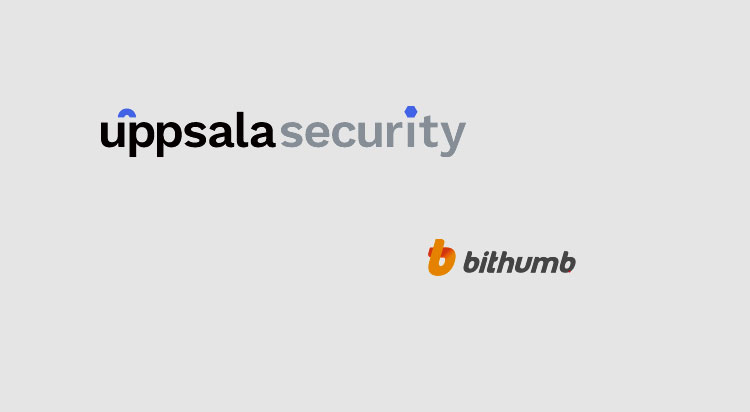Uppsala Security, builder of the first crowd-sourced, blockchain-based threat intelligence platform known as the Sentinel Protocol, today has unveiled Crypto Analysis Risk Assessment (CARA) — a risk analytic assessment tool that uses their patent-pending machine learning algorithms to learn the behavior of suspicious wallets and regular wallets in order to evaluate the risk score of a crypto address.
“A highly intuitive and easy-to-use tool, CARA empowers the average user to safely evaluate crypto address. With CARA, users can verify the associate risk of a wallet address to which they are transferring their digital assets to.”
– Nobel Tan, Chief Technology Officer, Uppsala Security
User Security
According to the Global Digital Finance initiative, within a decade, the cryptocurrency industry has developed “to a complex ecosystem comprising more than 1,600 types of assets with a total market capitalization of approximately USD $300 billion.”
The rapidly growing digital currency market has generated new cybersecurity risks. The cybersecurity gap faced by crypto end-users is developing at a rate much faster than the current institutional measures. In view of this, the imperative to take a proactive approach towards strengthening end-users cybersecurity defense is crucial to ensure users are safeguarded from cyber threats.
Compliant with a Risk-Based Approach (RBA) recommended by the Financial Action Task Force (FATF), CARA protects digital assets by identifying suspicious wallet addresses and determining its risk of exposure to illicit activities.
With an estimated 76% of laundered cryptocurrencies washed with a crypto exchange service, there is an urgent need to prevent incidental interactions with fraudulent digital assets, at the point of issuance or redemption, and all transactions in between involving the token. CARA provides Virtual Asset Service Provider (VASP) with the capabilities to distinguish characteristics of a data-empowered sixth sense against hacks, scams, money laundering, terrorist funding, and any other type of malicious activities.
For an effective cybersecurity defense, CARA is recommended used with Crypto Analysis Transaction Visualization (CATV) tool. Whereas CARA provides a risk-based approach to evaluate a crypto address to which cryptocurrencies are to be transferred to, CATV allows users to investigate the historical transaction through visualization while investigating the flow of funds including the source and destination of a specific transaction.
Uppsala Security’s CATV is a data visualization tool that allows users to identify, track, and monitor the full transaction journey of crypto tokens — currently for Ethereum, with Bitcoins support by end of the year.
It functions as a risk monitoring and evaluation tool by detecting the suspicious activity of cryptocurrencies as all crypto addresses are cross-checked against their Threat Reputation Database (TRDB). It supports international Anti-Money Laundering (AML)/ Counter-Terrorist Financing (CTF) standards outlined by Financial Action Task Force (FATF).
“As the digital asset market evolves, there must be a stronger focus on user capabilities and impact, especially when it comes to users’ security. With the region’s increased vulnerability and evolving landscape, it has become a challenge to keep up with the threats. Uppsala Security is doing so by utilizing our Threat Reputation Database (TRDB), crowdsourcing threat intelligence — which is the backbone of our security positioning. With more than six million indicators and counting, our pool of crowdsourced data is powering our continuous development of reliable machine learning algorithms and ease-to-use cybersecurity solutions. We are confident that this intuitive approach will help any users be more proactive and decisive when it comes to handling cybersecurity for themselves or the organization,” said Tan.






















